Inflammation of the retinal pigment epithelium drives early-onset photoreceptor degeneration in Mertk-associated retinitis pigmentosa
- PMID: 36662852
- PMCID: PMC9858494
- DOI: 10.1126/sciadv.ade9459
Inflammation of the retinal pigment epithelium drives early-onset photoreceptor degeneration in Mertk-associated retinitis pigmentosa
Abstract
Severe, early-onset photoreceptor (PR) degeneration associated with MERTK mutations is thought to result from failed phagocytosis by retinal pigment epithelium (RPE). Notwithstanding, the severity and onset of PR degeneration in mouse models of Mertk ablation are determined by the hypomorphic expression or the loss of the Mertk paralog Tyro3. Here, we find that loss of Mertk and reduced expression/loss of Tyro3 led to RPE inflammation even before eye-opening. Incipient RPE inflammation cascaded to involve microglia activation and PR degeneration with monocyte infiltration. Inhibition of RPE inflammation with the JAK1/2 inhibitor ruxolitinib mitigated PR degeneration in Mertk-/- mice. Neither inflammation nor severe, early-onset PR degeneration was observed in mice with defective phagocytosis alone. Thus, inflammation drives severe, early-onset PR degeneration-associated with Mertk loss of function.
Figures
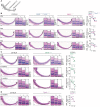

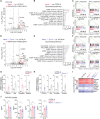

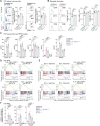
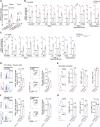
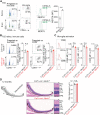

References
-
- I. Audo, S. Mohand-Said, E. Boulanger-Scemama, X. Zanlonghi, C. Condroyer, V. Démontant, F. Boyard, A. Antonio, C. Méjécase, S. El Shamieh, J.-A. Sahel, C. Zeitz, MERTK mutation update in inherited retinal diseases. Hum. Mutat. 39, 887–913 (2018). - PubMed
-
- C. Parinot, E. F. Nandrot, A comprehensive review of mutations in the MERTK proto-oncogene. Adv. Exp. Med. Biol. 854, 259–265 (2016). - PubMed
MeSH terms
Substances
Grants and funding
LinkOut - more resources
Full Text Sources
Molecular Biology Databases
Research Materials
Miscellaneous

